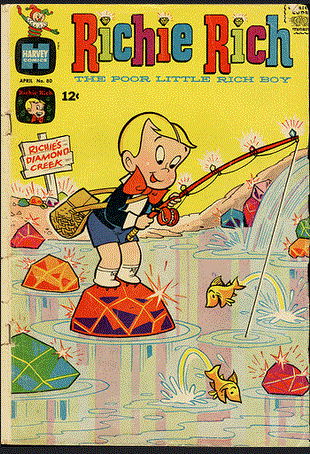
Credit: Flickr
In such troubled times the over-stressed citizen turns to humor for relief and it was in that spirit that I read The great union loophole by Paul D. Craney and James M. Manley in Commonwealth Magazine. Their argument that plutocrats are gravely disadvantaged in political influence is farce of high achievement.
Political scientists argue about a lot of topics but mostly we agree about the dominant influence of wealthy individuals and corporations in politics. In Winner-Take All Politics: How Washington Made the Rich Richer – And Turned Its Back on the Middle Class, Jacob S. Hacker and Paul Pierson show that the conditions the rich use to augment their wealth is not the product of some magical hidden hand but the heavy hand of corporate influence in the nation’s capital.
In Affluence and Influence: Economic Inequality and Political Power in America, Martin Gilens shows that the bottom 90% of Americans almost never get their policy preferences met (unless they align with the top ten percent). But those top ten percent! – our system is highly responsive to them, even when their preferences conflict with the ninety percent. If you are thinking that such a system doesn’t sound much like a democracy to you, you have something in common with Professor Gilens. And try to imagine how responsive our elected officials are to the top one percent (Professor Gilens is working on it).
Craney and Manley are describing a legal case in which they assert that corporations suffer an equal protection loss vis a vis unions in political giving in Massachusetts. The plaintiffs are Rick Green and Mike Kane, officers of the dark money Massachusetts Fiscal Alliance, winner of the 2015 Award for Fraud in Massachusetts Politics. But this isn’t an equal protection case. It’s a complaint that Massachusetts made the decision to provide some political leverage to working families; not as much as corporations and the wealthy have, but some.
Corporations have their reasons for wishing to undermine labor. Unions are the only entity able to muster the capital and grassroots organization to fight against corporate hegemony. Hacker and Pierson write that “Unions were on the front lines of every major economic battle of the mid-century—from the successful struggle for an expanded Social Security program in the 1950s to the passage of Medicare in 1965.” Gilens finds that the political muscle of organized labor offers one of the few counterweights to corporate dominance. But the most threatening attribute of labor, according to Gordon Lafer in The One Percent Solution: How Corporations Are Remaking America One State at a Time, is that union demands uplift social and working conditions for non-unionized workers and remind them that government can push for economic fairness for middle and working class Americans.
So you have to admit, an equal protection argument on behalf of the privileged is sort of funny. The sad part is, it’s working in America.

